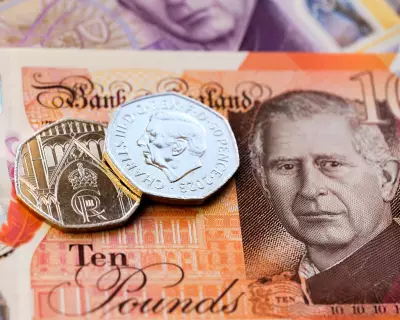
The family of the late artist who created the instantly recognisable Cracker Barrel Old Country Store logo has launched a public campaign, accusing the US restaurant chain of systematically erasing their father's contribution from its corporate history.
In an exclusive interview, the children of artist Bill Evans detailed their decades-long quest for recognition from the multi-million dollar company their father helped brand. They allege that Cracker Barrel founder Dan Evins, who commissioned the logo in 1969, repeatedly failed to properly credit their father, who passed away in 2018.
A Legacy Disputed
The iconic logo, featuring a rustic cracker barrel set against a country store backdrop, has become synonymous with the chain's identity. Yet, the Evans family claims their father's pivotal role has been conspicuously absent from the company's official narrative.
"He was just so proud of it," shared daughter Julie Murphy, revealing the personal significance the design held for her father throughout his life.
The Founder's Version
The family's claims stand in stark contrast to the story perpetuated by Cracker Barrel itself. Company lore, often repeated by late founder Dan Evins, suggested the logo was a collaborative effort between him and an unnamed artist, with Evins taking a hands-on role in its creation.
This version of events, documented in a 2012 interview, is now being directly challenged by the Evans family, who possess original sketches and correspondence that they believe solidify their father's sole authorship.
A Family's Quest for Credit
Frustrated by what they see as a historical injustice, the Evans family is not seeking a financial settlement but rather a formal acknowledgement from the corporation. Their fight highlights the often-overlooked issue of artist attribution in corporate branding, where a designer's legacy can be overshadowed by a company's own mythology.
As this small family takes on a American dining giant, their story raises poignant questions about intellectual property, creative credit, and the power dynamics between individual artists and the corporations they help build.





